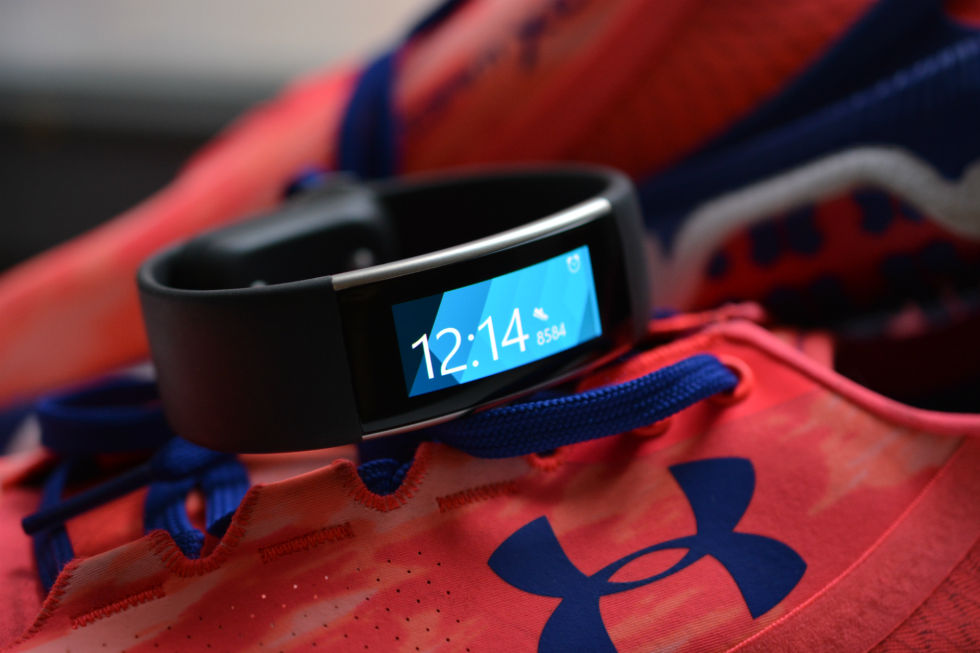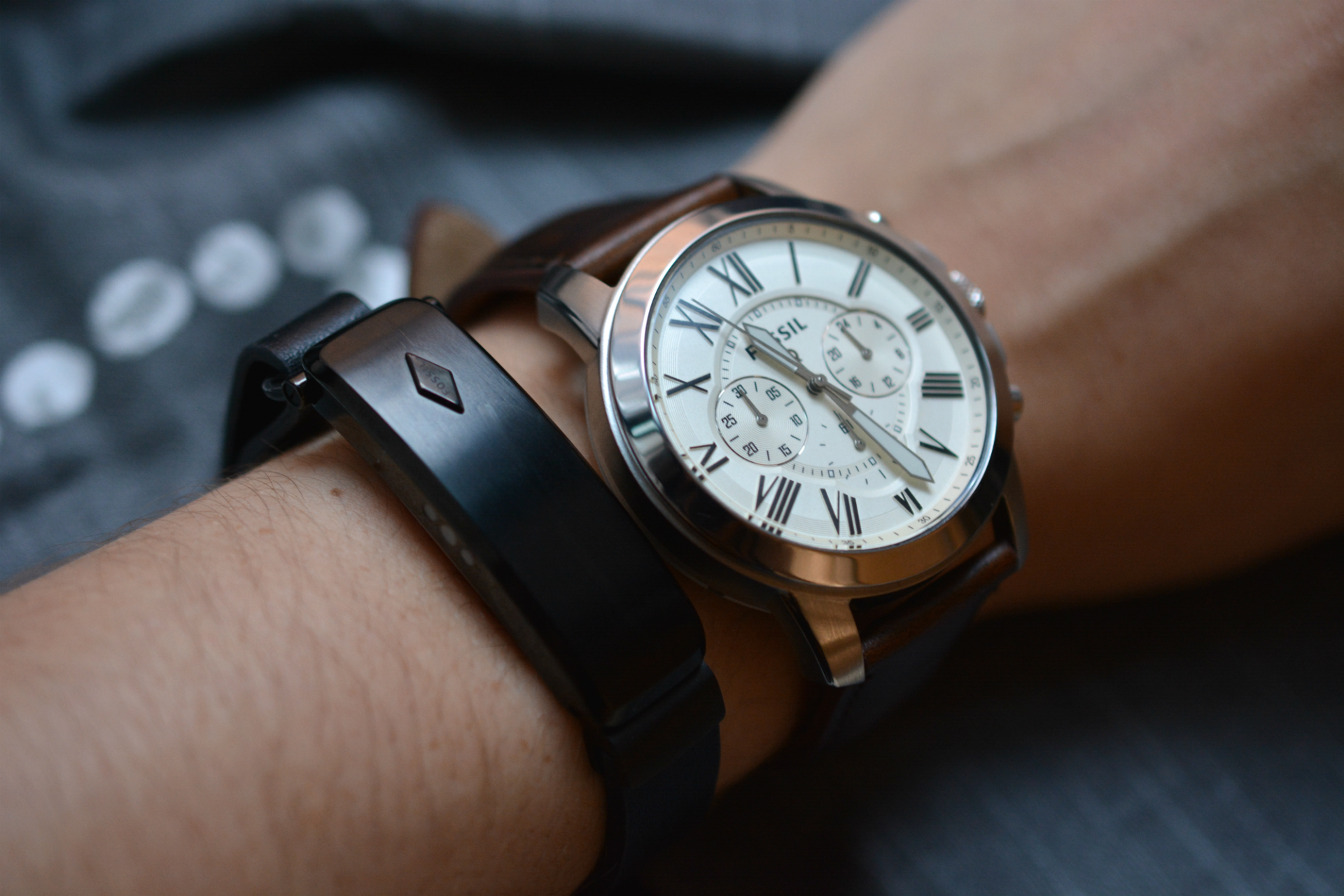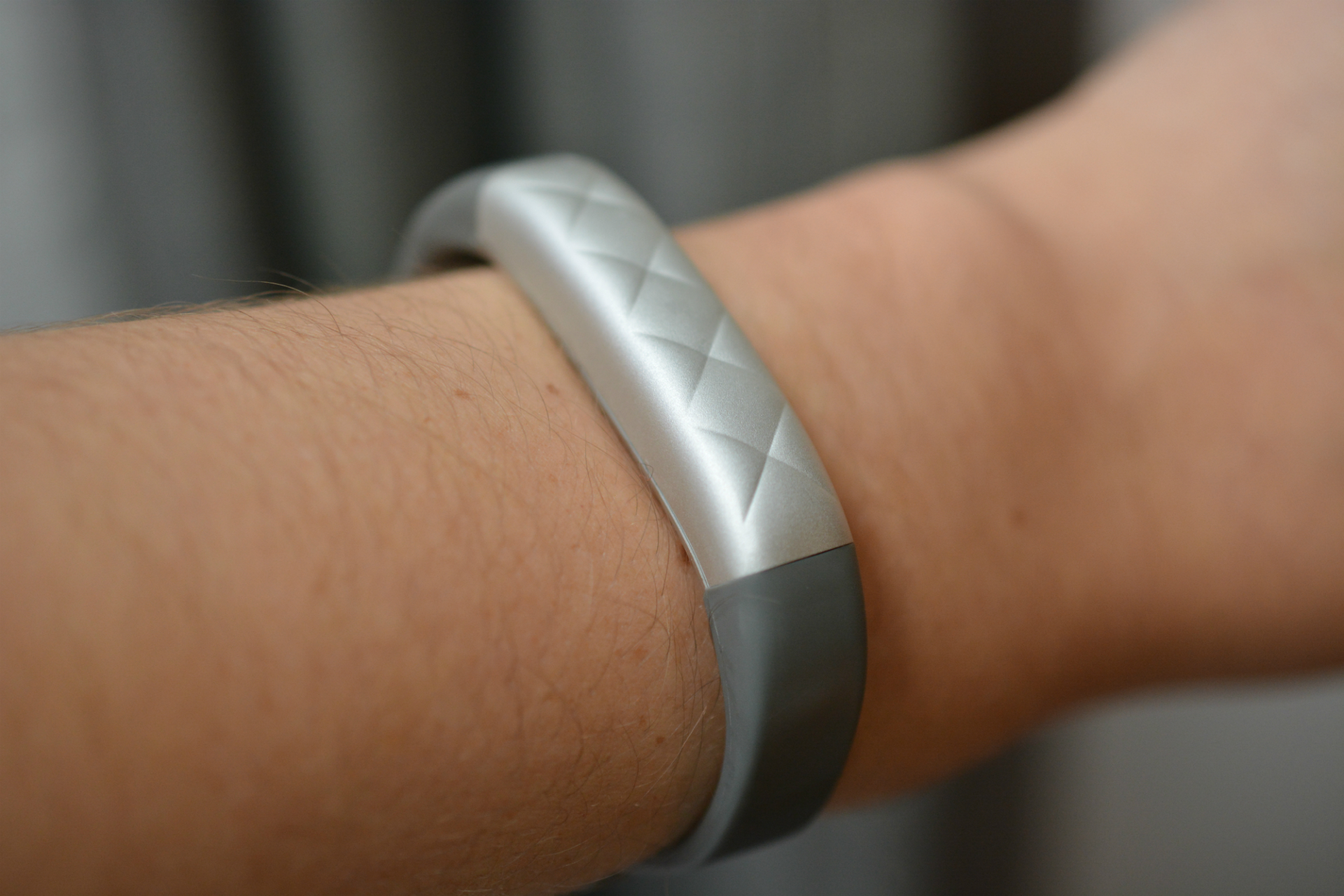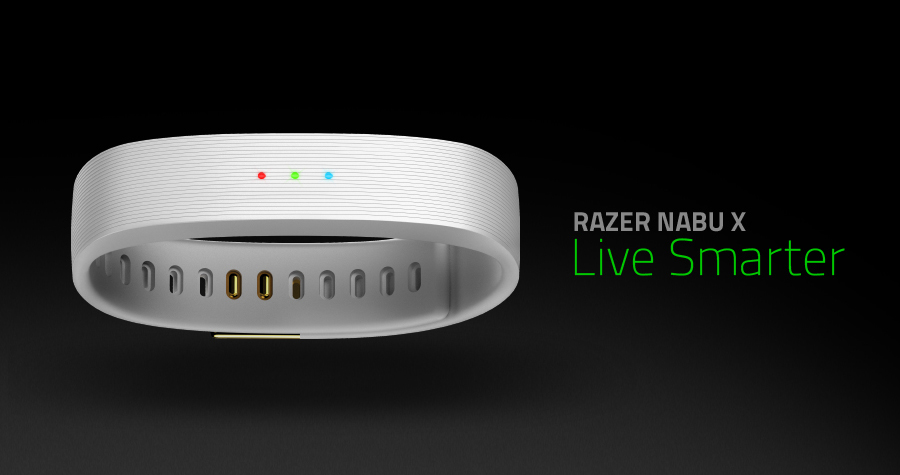2015 was a big year for wearables: We were introduced to the Apple Watch, Google Glass ceased, and bands that track everything from steps to mood began taking over. For most people, the term “wearable” typically conjures up images of wrist-bound devices, but as we saw in 2015, the technology has led to the creation of smart scales, textiles, and jewelry. So let’s take a look at the hits and misses of wearables in this past year.
Best wearables:
Fitbit Charge HR
Since 2013, Fitbit has been the flagship of fitness trackers, and 2015 was no different when it introduced the Fitbit Charge HR, giving consumers the best device for their money. The $150 gadget does everything you would expect it to: it monitors steps, distance, calories, floors climbed, and sleep, and has a continuous heart rate monitor to use throughout the day regardless of whether you’re working out or just lounging around. It also delivers call notifications to your wrist and the new SmartTrack feature will automatically know when you’re doing any type of workout and record it to the app.

The new Microsoft Band
The original Microsoft Band had a comprehensive library of guided workouts to choose from, but its awkward design made it uncomfortable to wear. This year, the company improved the device, correcting almost all of the wrongs in the band’s design and expanding its guided workout system. The new Microsoft Band is the most smartwatch-like fitness tracker available that is compatible with Android, iOS, and Windows devices. It has customizable alarms, smartphone notifications, apps, and programs all accessible right from the band’s display. The device’s best feature is Microsoft Health, which includes both guided workouts from the original band and customizable ones you can set up yourself. Rather than just counting steps and calories, the new Microsoft Band gives you the option to control your own activity.

Fossil Q range
Fossil is no stranger to this technology, as it attempted to launch a wearable a few years back, but was unsuccessful. 2015 was the year of success with the introduction of its new “Q” device collection of fitness trackers and smartwatches. These include the Q Reveler/Dreamer bracelets, the Q Grant non-display smartwatch, and the Q Founder Android Wear watch, which all exemplify Fossil’s signature style with genuine leather bands, metal accents, and vintage-inspired details. Each wearable in the Q collection has three main features: activity tracking, filtered, discreet notifications, and curiosity inspiration via the Fossil Q app. And unlike most wearable companies, Fossil didn’t go too overboard to make these devices do anything and everything; instead, it stuck to its fashion simplicity and ensured each wearable provided both style and tech features.

Mediocre wearables:
Apple Watch
While the Apple Watch may have been the most talked about wearable of the year, it didn’t necessarily revolutionize the industry like many believed it would (at least not yet). The smartwatch includes iPhone notification delivery, heart rate monitoring, and Apple Pay execution, but there’s still room for improvement. Some of its features, such as Glances, are slow, and others like sharing your heartbeat with a friend are gimmicky. Like most smartwatches, its functionality is limited when not paired with an iPhone, and while WatchOS 2 promised more third-party apps, developers don’t seem to be jumping at the opportunity. One thing the Apple Watch did do is normalize smartwatches like no other device thus far.

Jawbone Up4
Priced at $199 as the most expensive device of the Jawbone collection, the NFC-enabled Up4 was more misleading than the Up3 as its purpose was unclear. Aside from being a basic fitness tracker, the wearable’s biggest feature is contactless payments using American Express. The Up4 did also launch with the heart rate monitoring updates the Up3 received after it came out, which made its pulse detection and recording slightly more useful but still not as controllable as wearable heart rate monitors. The band is fine for simply going for a run or picking up groceries, but its features do not compare to the similarly priced competition.

Worst wearables:
Jawbone Up3
Jawbone’s Up3 fitness tracker for $179 did not do enough to justify its price. When it launched, its bio-impedance heart rate monitor only measured resting heart rate, which seemed a little odd to limit an activity monitor to just that. After a few software updates, the Up3’s monitor takes your heart rate measurement sporadically throughout the day to give you an average pulse rate. But compared to cheaper and more efficient devices like the Fitbit Charge HR and Garmin Vivosmart HR, the Up3 just doesn’t compare.

LG Watch Urbane LTE
The device was designed and created to make us feel like Inspector Gadget by putting data connectivity on our wrists, but it sadly never got the chance to do so. LG canceled its launch of the Watch Urbane LTE less than a week into the wearable being on sale. The company stated that due to a piece of hardware that “failed to meet LG’s quality standards and could potentially impact our image quality over the life of the device,” it was taken off the market. While no one is quite sure what that means, experts believe its 480×480 P-OLED display, which would have been deemed the best display on any Android Wear watch available, may have been the culprit.

Razer Nabu X
When we first heard of the Razer Nabu X, it sounded quite promising and was projected to have activity tracking, social features with hand gestures, gaming capabilities, and smartphone notifications. While all of these features are in the Nabu X, its execution fell short. The $50 band works well as a basic activity tracker, but does not quite deliver on anything else. Its small LEDs are meant to flash different colors when your smartphone receives calls, alarms, and other alerts, but deciphering what the colors meant turned out to be difficult. The most disappointing feature, however, was the nonexistent gaming content available for the band. Razer states that developers are working on apps and games that integrate into the Nabu X, but they’re about nine months too late. The social and gaming features would have made the Nabu X an interesting device to compete with in the fitness tracker industry, but as it currently stands, it’s a letdown.

In 2016 and the years to come, we can only expect wearables to gain more popularity. What trends and improvements do you think we’ll notice next year?
Source: Ars Technica
Advertisement
Learn more about Electronic Products Magazine





